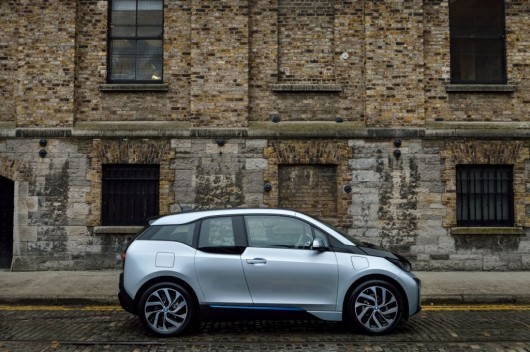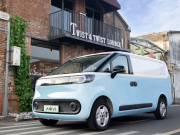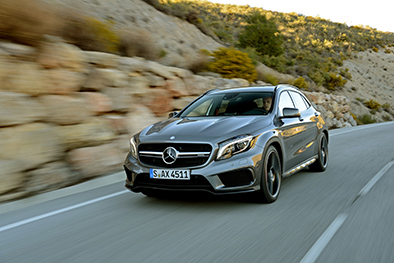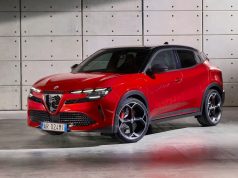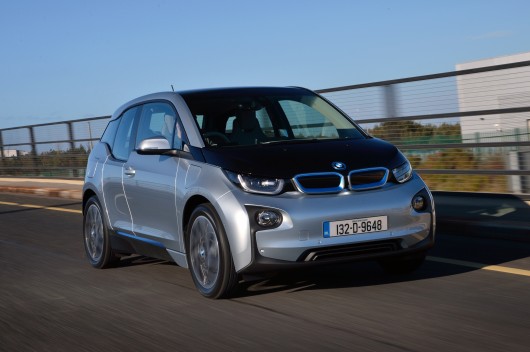
Thus far this year we have tested a number of electric vehicles, both two and four-wheel models. BMW has launched its BMW i brand which includes the astonishing i8 that we test drove in Scotland a few weeks ago. Back on Irish soil we also tested the BMW i3, a five-door hatch that’s aimed at city commuters. It’s quite unique to other electric vehicles such as the Nissan Leaf and Renault ZOE, in that its main structure is constructed from carbon-fibre-reinforced plastic (CFRP). Parts of this CFRP passenger cell are visible when you open the doors and look at the sills. The advantage of using this material is weight saving and structural rigidity, this increases passenger safety and the car’s handling attributes.
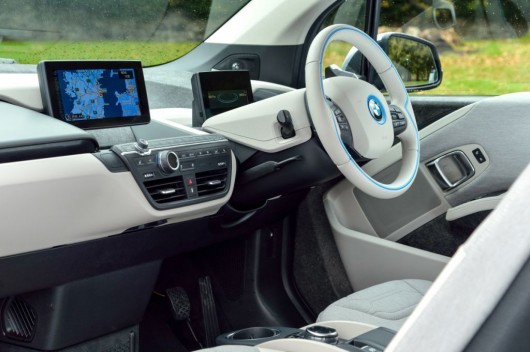
The i3 has a distinct appearance, with high sides and thin tyres (155/70 R19) it’s unlike any other BMW. The interior is a highlight, it’s airy throughout, and upfront there is a floating dash with a large 10.2” colour screen taking central position that displays all the functions of the iDrive system. The traditional driver’s instrument binnacle with dials has been replaced with a colour screen that displays all the key information in a clear easy to read format. It’s all very high-tech inside the i3, nevertheless within a few minutes it’s effortless to work out all the controls and their functions. The interior’s spaciousness is further enhanced with the rear-hinged rear doors, there are no B-pillars in the i3 enabling easy access to the rear seats. The only downside to this type of door system is that you have to open a front door in order to open a rear door.

At the heart of the i3 is a hybrid synchronous electric motor that produces 170hp and 250Nm of torque. This power is transferred to the car’s rear wheels through a single-speed transmission. Acceleration from a standstill is certainly impressive thanks to the availability of the entire car’s torque in an instant. It’s fun to drive and despite running on such narrow tyres the i3 is competent around corners and agile on all surfaces. The regenerative braking is noticeable on lift-off, around town you barely need to use the car’s brakes as the deceleration is very strong. Our test car was the i3 REX, which is equipped with a Range Extender in the form of a 650cc two-cylinder petrol engine that’s mounted adjacent to the electric motor above the rear axle. This engine develops 34hp and drives a generator to produce electricity, the engine doesn’t drive the wheels. With the range extender fitted the i3’s range is extended by approximately 100 kilometres, with a total range of approximately 300 kilometres. This REX variant does come at a price though, it’s an additional €7,000 over the standard i3 model which itself has weighty price tag of €34,010 this includes a VRT relief of €5,000 and a €5,000 SEAI grant.

There’s no doubting the BMW i3 is an extremely impressive piece of engineering, one that truly works too, in the real world. The i3 has a great driving experience and has surely one of best cabins of any car we have tested this year. Its largest challenge will be its price point in comparison to other electric vehicles aforementioned.
